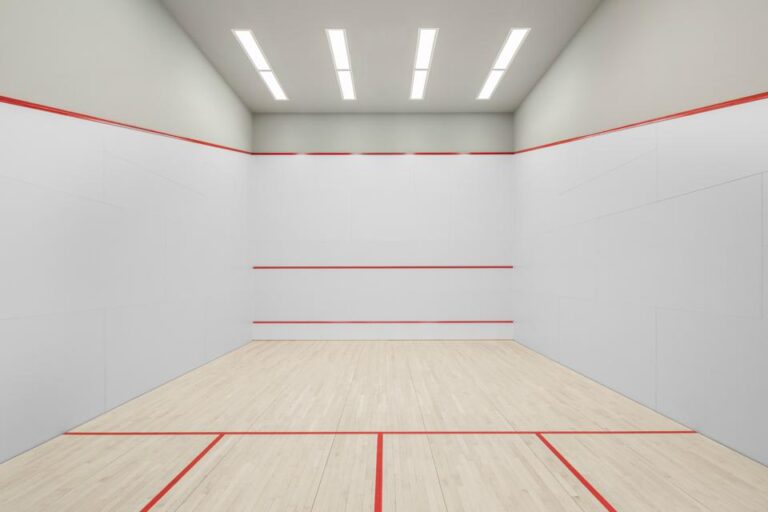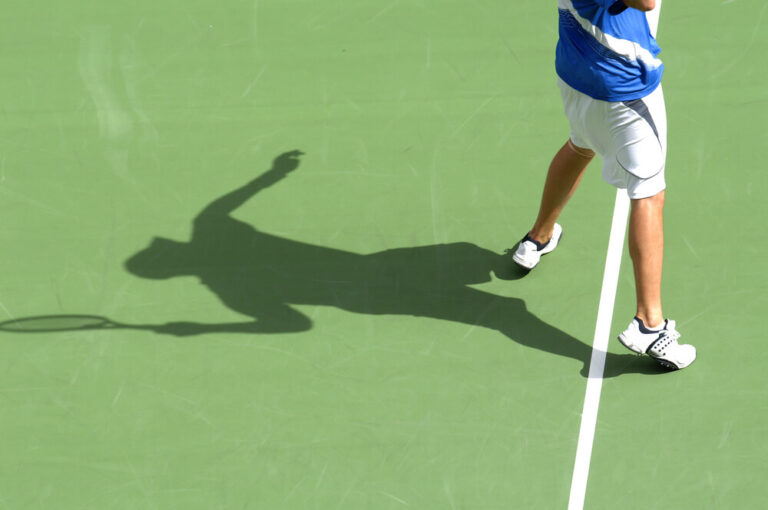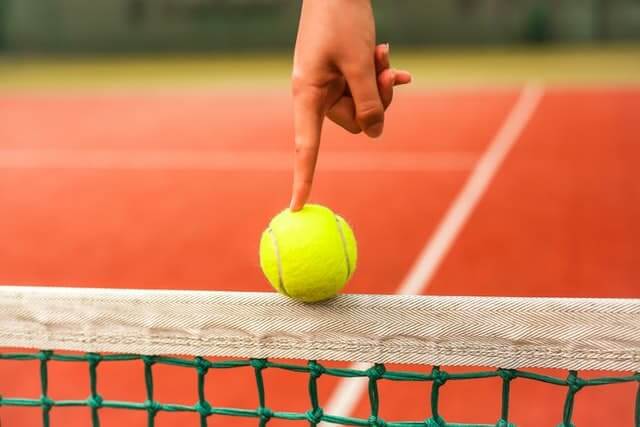Do Tennis Balls Float?
Have you ever been watching a tennis match or perhaps even participating in a few games when you noticed something interesting? Yes, I’m talking about those bouncy tennis balls that seem to defy gravity by floating on water! It’s a simple pleasure, but it raises a big question: Do tennis balls float?
Yes, tennis balls can float on water due to the trapped air inside their hollow cores, creating a buoyant force that counteracts gravity and allows them to stay above the water’s surface.
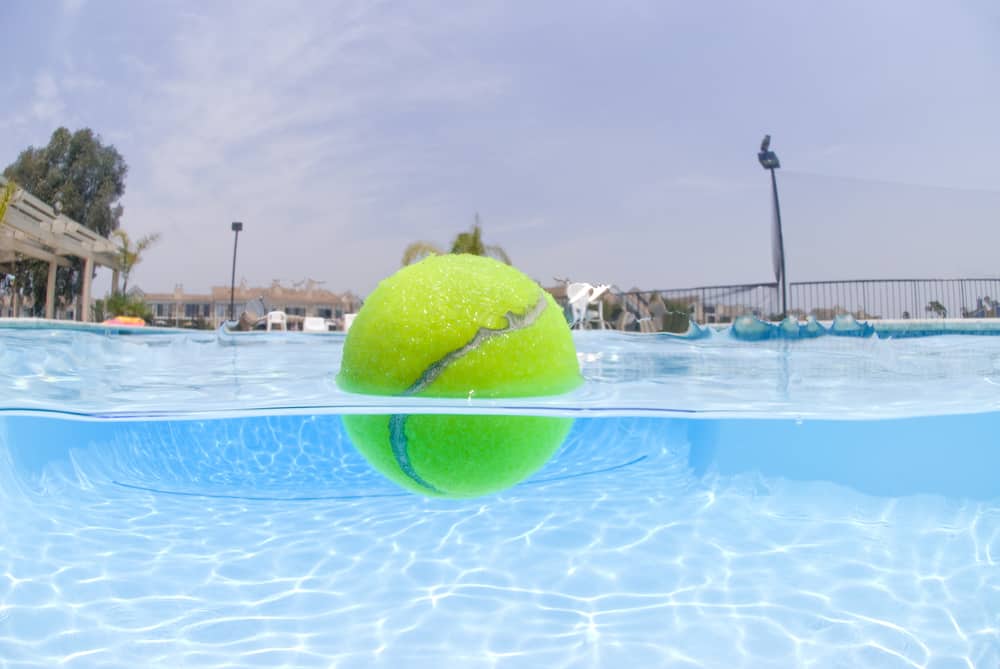
In this article, we’re about to explore the science behind it. Let’s dive in and discover why tennis balls can float, unraveling the physics that make it happen. I promise that by reading the article to the end, you will receive a satisfactory answer to your question and clearly understand the concept. Let’s get started!
Why Do Tennis Ball Floats On Water? Physics Behind Tennis Ball Floating

Tennis balls might seem like simple rubbery spheres, but there’s more under the hood – or, should I say, the fuzzy shell. These balls are made with a hollow rubber core and a fabric cover. The outer layer, often made of nylon or felt, gives the ball its unique texture. And guess what? That hollow core is the real MVP when it comes to floating.
1. The Magic of Buoyancy
So, what’s the deal with tennis balls floating? It’s all about something called “buoyancy.” Buoyancy is the force that allows objects to float in a liquid, like water. You might have experienced this when you tried to hold a beach ball underwater – it always seems to pop back up.
Tennis balls float due to the same principle. When an object is placed in a liquid, it displaces a certain amount of that liquid. The weight of the liquid displaced is equal to the weight of the object, and this balance is what keeps the object afloat. So, when you drop a tennis ball into the water, the water it pushes aside helps it stay above the surface.
● Positive Buoyancy Simplified
Positive Buoyancy happens when an object is lighter than the liquid it’s in. It gets pushed up by the liquid, making it float.
● Negative Buoyancy Made Clear
Negative Buoyancy is when an object is heavier than the liquid it’s in. It gets pulled down by gravity and sinks into the liquid.
In the provided YouTube video link, you’ll see a comparison between the behavior of an apple and a tennis ball when submerged in water. This visual demonstration aims to showcase the principles of buoyancy and density in action.
2. The Role of Air and Hollow Cores
Tennis balls are not solid all through; they have a hollow, air-filled core. This trapped air inside the ball contributes significantly to its ability to float. Think of it like a bubble inside the ball, creating an “air cushion.” When the tennis ball is placed in water, the trapped air provides Buoyancy, helping the ball stay on the surface. It’s like having a little life preserver built right into the ball.
3. Balancing Forces: Gravity vs. Buoyancy
Now, let’s talk about the forces at play. Objects are pulled downward by gravity, whereas Buoyancy pushes them higher. Gravity drags a tennis ball down when you drop it into the water, while Buoyancy forces the ball back up.
When the weight of the water displaced by the ball matches the weight of the ball itself, these opposing forces balance out. The tennis ball can float because of this equilibrium, hanging between the two forces like a miniature aquatic acrobat.
4. The Surface Tension Effect
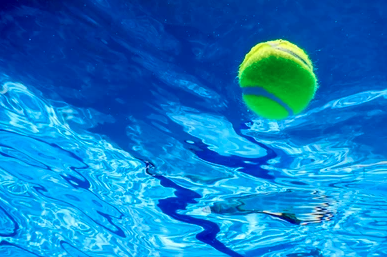
The water’s surface is more complicated than it seems. Surface tension, an unseen skin on the water, holds it all together. Tennis balls have a distinct surface texture that can interfere with the water’s surface tension.
The ball can rest on something like a “platform” due to this disruption, which helps it float. Therefore, the interaction between the ball’s surface and the water and the ball’s Buoyancy are also factors.
5. Variations in Floating Abilities
Not every tennis ball floats the same. Tennis balls that are brand-new with much-trapped air are more likely to float. Tennis balls’ Buoyancy can be impacted as they age and are used more frequently because the air inside can escape.
6. Tennis Ball Lifespan and Buoyancy
Tennis balls can lose Buoyancy as they get older and are used more frequently. The equilibrium between Buoyancy and gravity may be impacted if the air pressure inside the ball steadily lowers over time.
The tennis ball’s capacity to displace enough water to maintain Buoyancy is hampered as the air pressure drops, and it may not float as well as it did when it was first removed from the container.
You can also observe a tennis ball floating in the YouTube Shorts video. This brief clip showcases the intriguing phenomenon of a tennis ball defying gravity and remaining afloat on the water’s surface.
Do all tennis balls float?
Not all tennis balls can float on water’s surface with the same buoyant grace. While some tennis balls exhibit the captivating floating phenomenon, others may need to achieve a different feat. The variable that sets these two categories apart lies in the amount of trapped air within the hollow core of the tennis ball.
Pressurization Process
When manufactured, tennis balls undergo a pressurization process that introduces air into their cores. This trapped air becomes a crucial player in the buoyancy game, allowing the ball to resist the force of gravity and rest lightly on the water. In this scenario, the tennis ball becomes a tiny vessel, carrying its buoyancy bubble as it navigates the water’s surface.
However, tennis balls’ internal pressure can fluctuate over time as they endure the intense back and forth of the game. The trapped air may release more readily when a tennis ball is used. The ball’s ability to maintain Buoyancy may be affected by this gradually decreasing air pressure and Buoyancy.
Does water ruin tennis balls?

There is more to the answer than a simple yes or no. A brief splash of water may not destroy your tennis ball, but continued contact with moisture can harm the ball’s performance and durability.
Dry Conditions
Tennis balls are made to function best in dry conditions. A tennis ball may absorb moisture when it touches water, making it heavier and altering its bounce and responsiveness on the court.
This is especially apparent if the ball is wet or immersed for a long time. The increased weight and changed attributes may make playing less pleasurable and affect your game.
Felt Covering
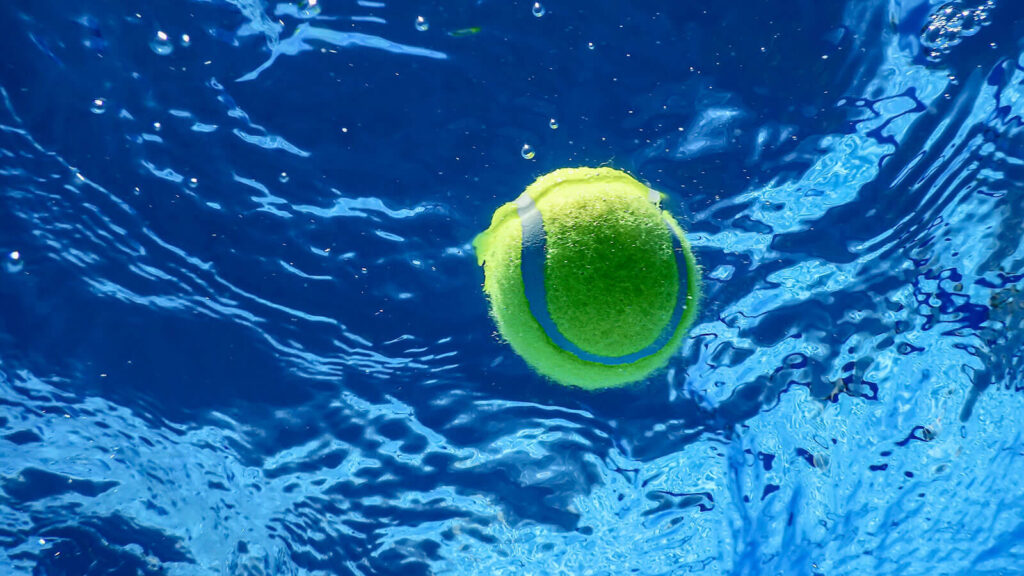
Furthermore, water can also impact the felt covering of the tennis ball. Excessive moisture can cause the felt to become waterlogged, leading to a loss of grip and control. The ball may feel slick or slippery in your hand, making it harder to generate spin and achieve accurate shots.
You can benefit from the ongoing discussion surrounding this topic by accessing the Quora link provided.
Now, let’s move towards addressing some frequently asked questions. I understand you might have similar questions, so don’t worry; I’ve got you covered. I’ve included a few below to help alleviate any concerns.
FAQs
Q1: Why do tennis balls float on water?
A: Tennis balls float due to the combination of Buoyancy and the trapped air inside their hollow core.
Q2: Do freezing or microwaving tennis balls work?
A: Freezing or microwaving tennis balls is unlikely to enhance their performance and may even damage the ball.
Q3: How can I prolong the life of my tennis balls?
A: Store tennis balls in a cool, dry place, avoid excessive moisture and rotate them regularly to maintain optimal performance.
Q4: Do all tennis balls have the same amount of trapped air?
A: No, the amount of trapped air can vary between tennis balls due to factors like age and use, influencing their buoyancy and floating ability.
Q5: Can I restore the buoyancy of old tennis balls?
A: Unfortunately, restoring its original buoyancy becomes difficult once the trapped air inside a tennis ball escapes over time. It’s advisable to replace older tennis balls for optimal performance.
Conclusion
Yes, tennis balls can float. This is because of the air trapped inside them, which creates a force pushing upward against gravity. So, when you see a tennis ball peacefully floating on water, you’re witnessing this unique science at play. As we’ve thoroughly explored every aspect of tennis ball flotation in this article, delving into its science and uncovering its underlying principles, I hope you have found significant value and enhanced your knowledge.
REFERENCES
- https://kidadl.com/facts/do-tennis-balls-float-in-water-let-us-know-some-facts-about-it
- https://www.fishing.net.nz/forum/tennis-ball-as-a-float_topic82908.html
- https://www.quora.com/Will-a-ball-of-lead-float-in-the-vast-ocean-as-the-buoyancy-will-be-much-greater
- https://www.reddit.com/r/explainlikeimfive/comments/2hzyh1/eli5_why_are_tennis_balls_ruined_if_you_get_them/
- https://www.quora.com/Does-playing-under-the-rain-ruin-your-tennis-balls

